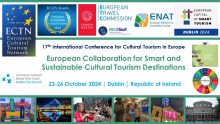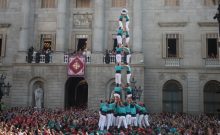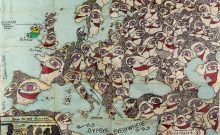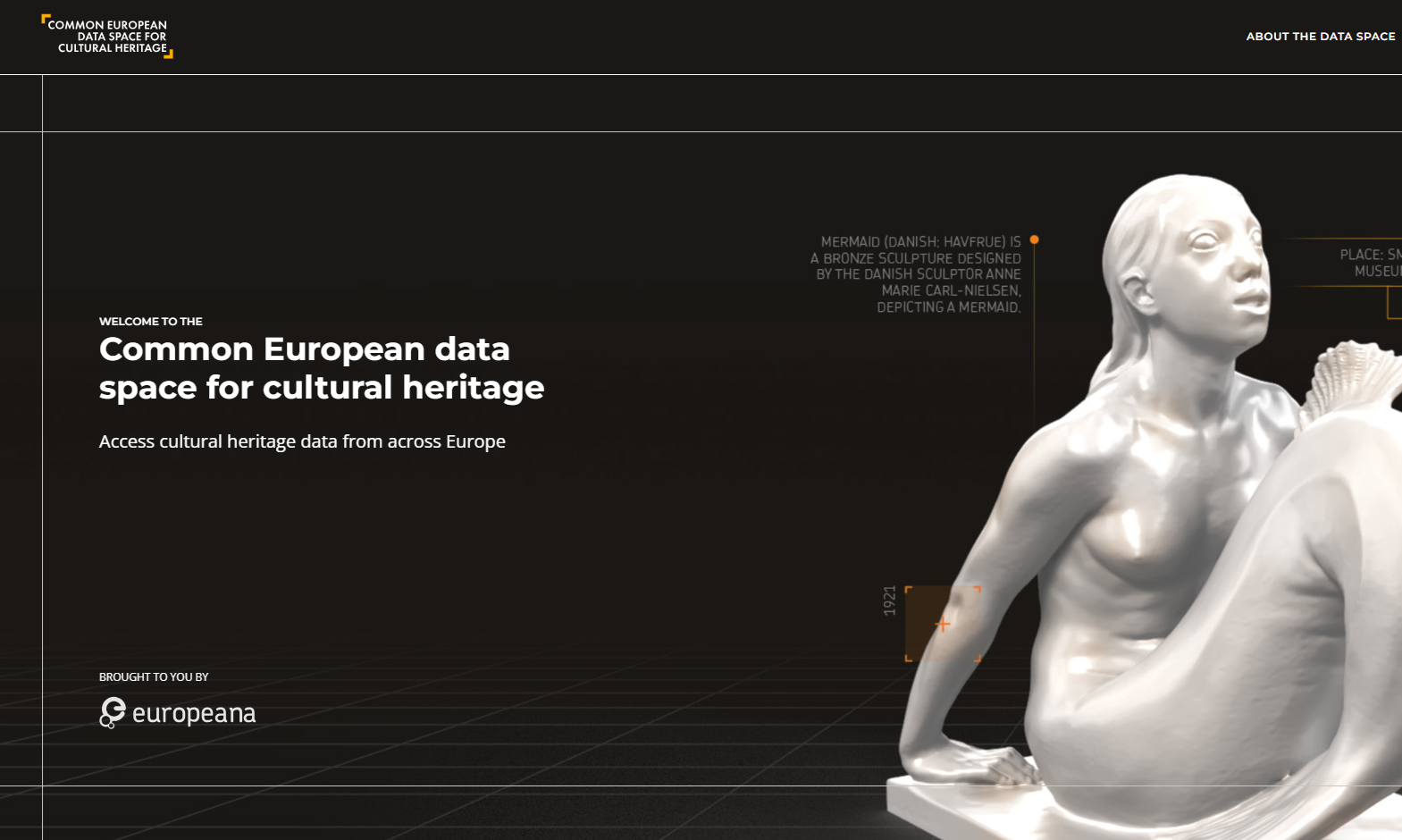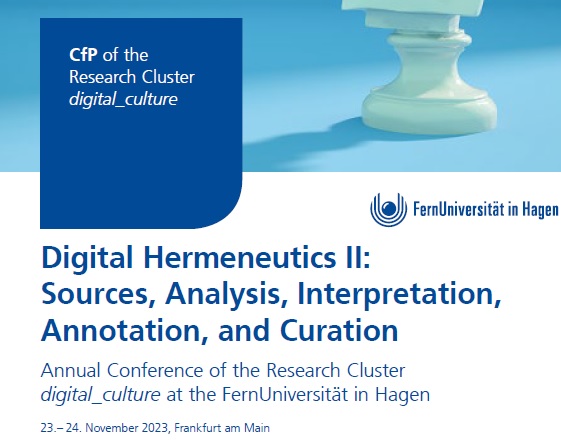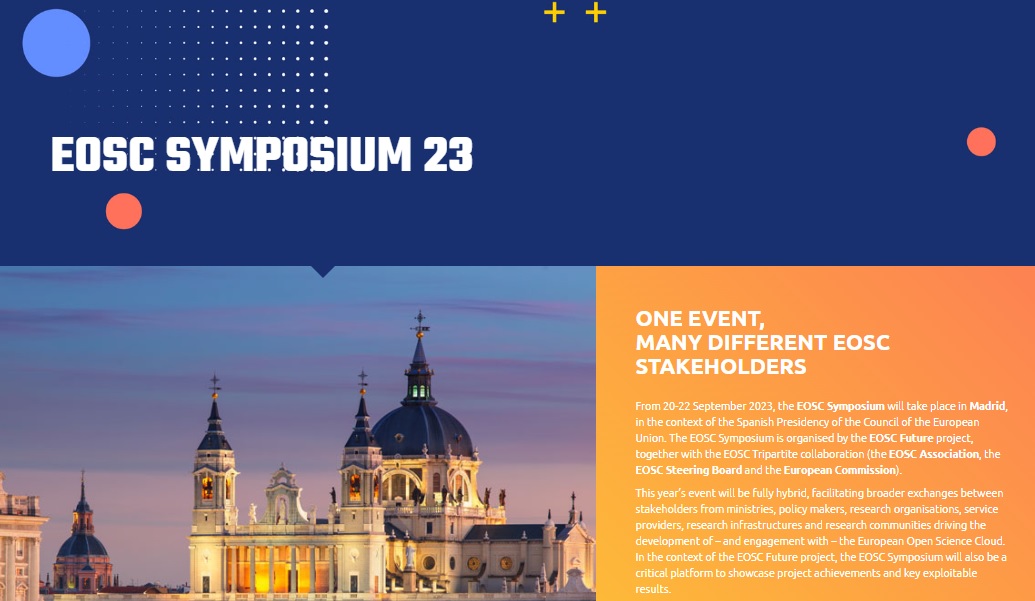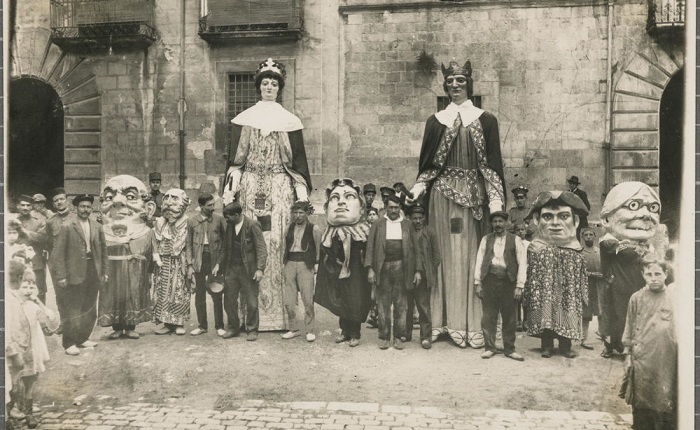
img: Gegants i capgrossos, CRDI/Ajuntament de Girona, PD.
Intangible cultural heritage is a substantial part of what makes up our histories and identities, understood to be practices, ideas, insights and experiences.
Read the blog published by the WEAVE project editorial team in Europeana, to learn how to safeguard untouchable culture
![]() HERE
HERE
This blog is part of WEAVE – Widen European Access to cultural communities Via Europeana: a project funded by the European Commission under the Connecting Europe Facilities (CEF) aimed at developing a framework to link the tangible and intangible heritage of cultural communities.



